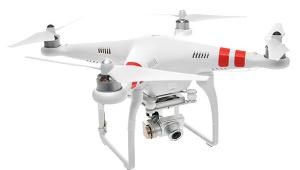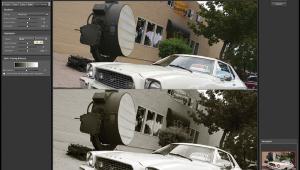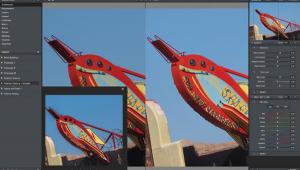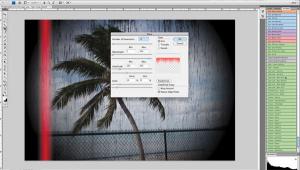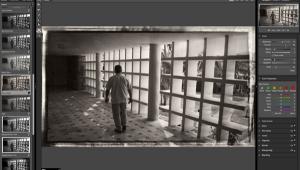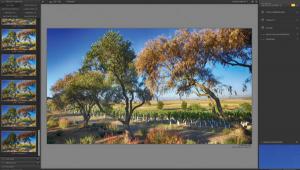Digital Innovations
Where Are All Your Digital Negatives
"Someday my prints will come."--Anonymous When I was a student at The Maryland Institute College of Art, there was a bulletin board near the darkrooms where misplaced negatives were pinned. It was officially called "The Little Lost Negative Board" but someone had surreptitiously added, "someday my prints will come" under the title. That visual came to mind when Adorama's Jerry Deutsch told me about a negative experience with digital imaging. He attended a social function that had been photographed digitally, including a shot of Jerry and an old friend. When the friend passed away, he called the photographer requesting a print but the image had already been deleted; "It wasn't important enough," he was told. It was important enough to Jerry but the photographer lost a sale and maybe a potential client. |
|||
When I photographed events
on film, all of the negatives were stored along with a set of contact
sheets in a job folder. The sheath of negatives didn't take much
space in a file drawer and all the storage materials cost maybe 50 cents.
Along comes digital and that event now grabs 4GB on a hard disk, so what's
a thrifty photographer do? Edit. Don't do it! After a shoot, I first
copy every image onto my hard drive, and then make a copy of everything
onto CD-R. Over time, the only images remaining on the hard drive are
those that have been edited in some way, while the original files are
stored on one or two CDs. I plan to move on to DVD storage real soon now,
and will let you know how it goes. |
|||
Infrared Digital Or
Digital Infrared? A Chip Off The Old
Ice Cube Microdrive Me Crazy Take Your Camera To
Work Day |



